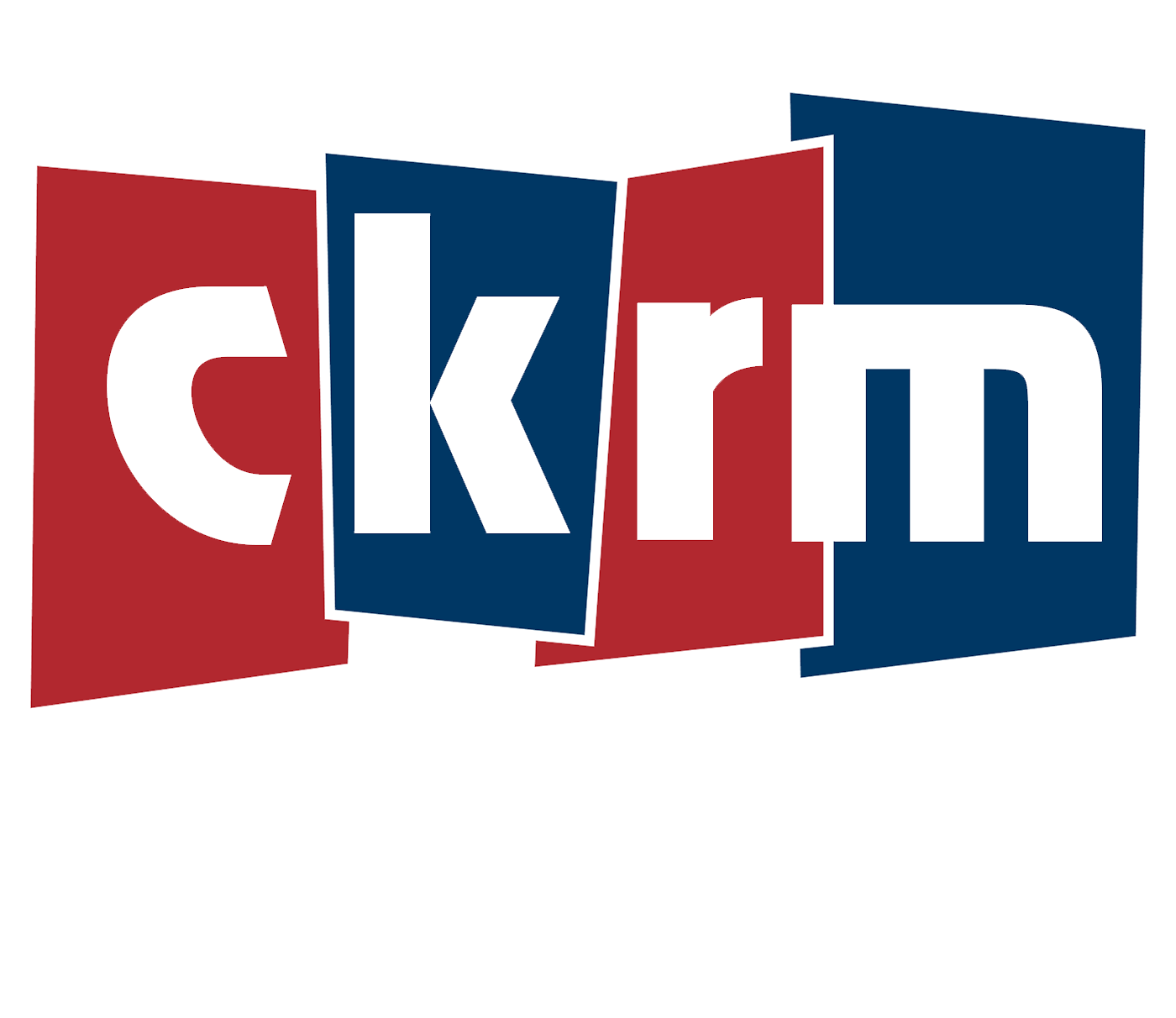Demand for beef is expected to stay high even though the cattle herd has declined in Canada and the United States and beef prices are relatively high.
Anne Wasko, president of Cattle Trends provided a detailed Beef Market Outlook to the Saskatchewan Stock Growers Association AGM and Convention on Monday.
“I really focused on the North American piece because it’s very clear that our cattle price signals come from the U.S.,” she explained of her approach to her presentation. “What’s got us where we have been? Certainly widespread droughts through the U.S. and Canada, big sell-off of cattle, heifers in particular when you get into those predicaments, and so more cattle going on feed, leading to bigger supplies that peaked for us in 2022 as well as the Americans for this cycle.”
Wasko noted the U.S. beef cow herd has declined 2.5 per cent to 28.2 million head so far this year and is projected to go down again in 2025 before rising in ’26 and ’27.
“The reason for that is until we see some retention of heifers, it’s going to a year after that before you start to see any kind of growth in the cow herd,” Wasko told attendees.
“The writing is not on the wall yet, we don’t know this, we don’t know when heifers will get retained but that will be the next key signal for us.”
The Canadian beef herd is down two per cent to 3.46 million head due to heifers not being retained, much like the United States.
“Right now, I would suggest the two countries – the U.S. and Canada – are pretty much in tune with what’s going on in terms of our cow numbers on our replacement heifers side.”
Beef production as a result is projected to decline in the short-term, coming off of record highs from two years ago, but Wasko says the carcass weight, or tonnage, of beef is heavier than average this year.
Prices for choice cutouts in the U.S. have been up 6.5 per cent and Wasko says they need to be in the range of $285-315 USD per cwt to support higher cattle prices.
“Do we expect prices to saunter lower as we get into the third quarter? Yes, that’s pretty typical, and then again if it’s seasonal, we should start to see this cutout improve as we head later to the fourth quarter.”
Demand for beef in Canada and the U.S. is projected to decline slightly but still remain high.
You can see Anne Wasko’s full presentation by clicking here.







